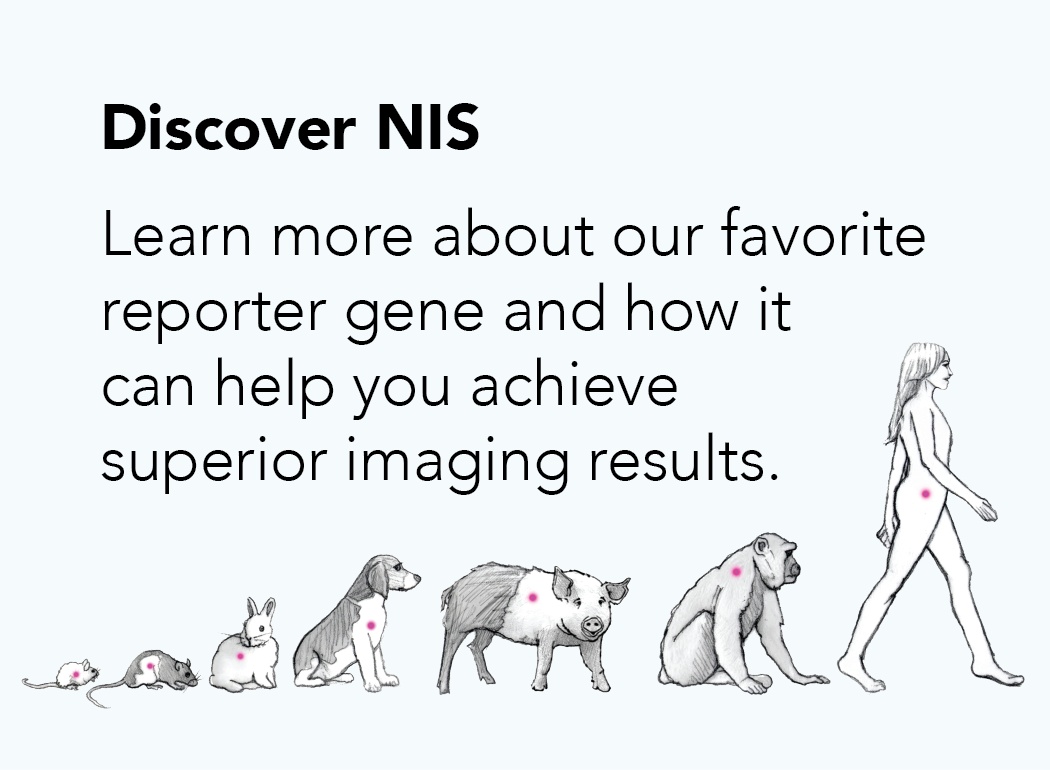C1498 (Leukemia)
Description
C1498 (ATCC® TIB-49TM) is a murine myeloid leukemia cell line isolated from a C57BL/6J mouse. It most closely resembles acute myeloid leukemia (AML), and is highly lethal when implanted into syngeneic mice.
*The ATCC trademark and trade name and any and all ATCC catalog numbers are trademarks of the American Type Culture Collection.
Usage Information and Tips
C1498 cells are suitable for in vitro and in vivo experimentation. The cells will form tumors and spontaneous metastases in immunocompromised and syngeneic C57BL/6 mice. Depending on the route of inoculation (see below), implanted C1498 cells can metastasize to numerous sites including the bone marrow, liver, spleen, lymph nodes, kidney, skin, and central nervous system.
The following chart provides some examples of C1498 cells used for tumor formation and studies.
| Route of Implantation | Mice | Tumor/Metastases | References |
|---|---|---|---|
| Intravenous | C57BL/6 | Bone marrow, liver, lymph nodes, ovary, subcutaneous masses, spleen, skin, kidney, and central nervous system. | Boyer, et al. (1995) Blood 85: 2498-2506. |
| Subcutaneous | C57BL/6 | Subcutaneous tumor | Boyer et al. (1997) Blood 89: 3477-3485. |
Note: The above information is based on available data from the indicated references. It is not meant to be comprehensive and Imanis has not directly tested each condition.
Stable Reporter Cell Lines
Our C1498 reporter cell lines can be tracked in vivo, making them great tools for studying the mechanisms of tumor growth and metastasis, as well as evaluating the effects of various drugs or therapies in animals. Our C1498 cells are available with firefly luciferase (Fluc) or enhanced green fluorescent protein (eGFP). Dual reporter cell lines are available to facilitate multimodal imaging.
In order to ensure high, constitutive expression of the reporter proteins, our cell lines are generated by lentiviral vector transduction. The lentiviral vectors used for these transductions are self-inactivating (SIN) vectors in which the viral enhancer and promoter has been deleted. This increases the biosafety of the lentiviral vectors by preventing mobilization of replication competent viruses (Miyoshi et al., J Virol. 1998).

